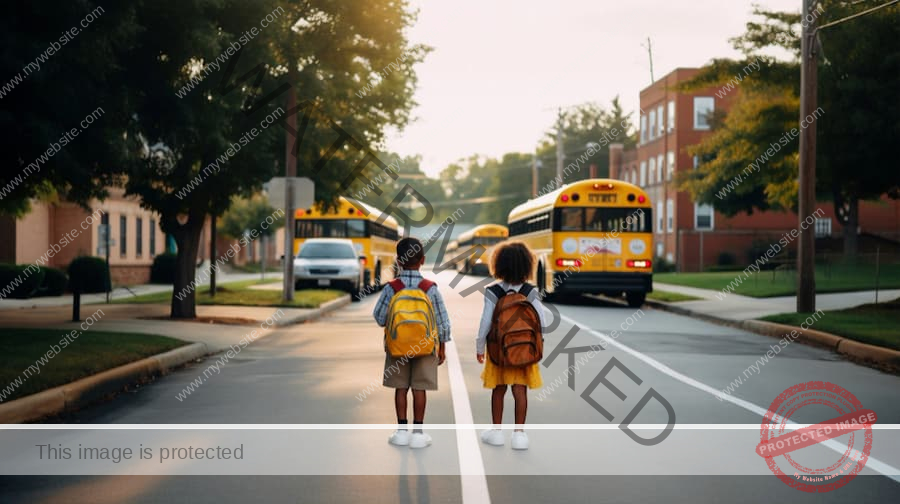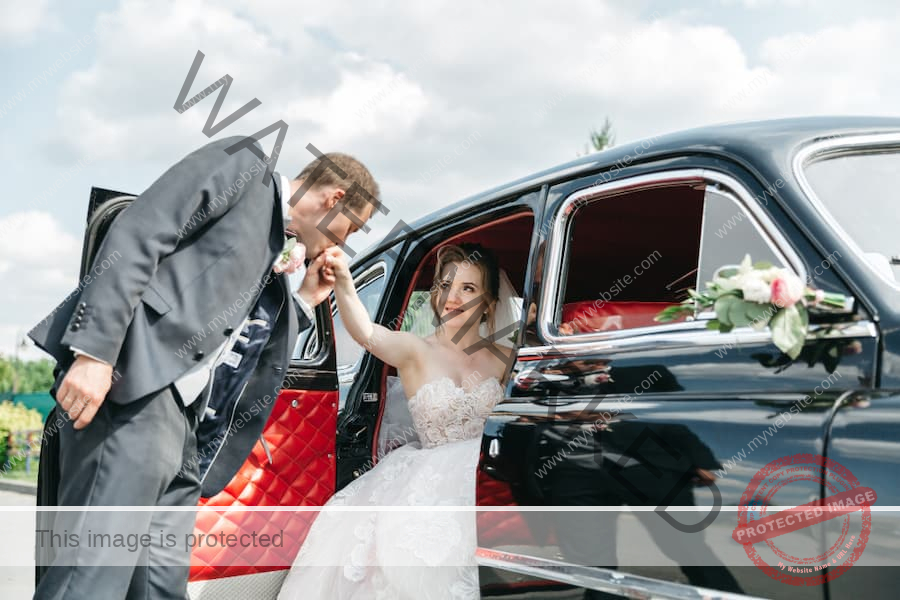Daily, school bus carry millions of kids and these children depend on adults considering every possible scenario in advance. Buses are the safest way to travel by road, but sometimes, people still get hurt during the process. Both parents, drivers, teachers and students are responsible for traffic safety. Here are some ideas that help you turn “safety first” into habits your child can handle at each stage in Bus Hire For Schools.
1. Paint the big lines at the edge of the road
Ensure kids know to stand at least three big steps (about six feet) away from the curb when waiting. The barrier ensures small objects are not near the tires and provides a clear view for the driver. During the first week, use cones or chalk to mark out the safe area for the young children to follow.
2. Unloading and loading can be done without a device
Having earbuds and using phones on the go distracts students and drivers from what is happening around them. Ensure that everyone in the bus zone follows a rule asking students to leave their devices and hoods in their pockets. Some schools place a red paddle in the hands of duty teachers, while others have a basket where riders can lay their phones while on the school bus.
3. The order of boarding affects the results
Often, kindergarteners and first graders walk slowly, causing the stairs to become crowded. Therefore, board the youngest aboard so they secure front seats first. The older students sit in the remaining places at the back. As a result, jamming in the aisle decreases, pushing frequently ends and the driver has a clearer view of children up front in the mirror.
4. Seatbelt (Seating) Protocol
Lap-shoulder belt equipped buses: Children should buckle before the school bus moves and leave it on until the bus comes to a complete stop. Sing it using the poem put together: “Seatbelt click—safe trip quick.”
Riding with no belts on the bus: Inform “align in the middle of the seat, sit upright, place your backpack on your lap.” When you sit with good posture, the safety seats provide additional protection by forming a cushion all around you when you need it most.
5. What are the five “Bus Behavior” Pillars?
Stand up only when you can move to the aisle; otherwise, stay seated and put your knees forward.
- Avoid dialing loudly, so your voice remains lower than the driver’s loudspeaker.
- All your belongings should be properly tucked in.
- Horseplay on the bus is the leading reason for slip-and-fall injuries.
When the Drive Counts Down, the driver counts off 5 with their fingers and pupils lower the noise and look forward. Because of this, drivers remain attentive even when there are many cars on the road.
Put up laminated posters of these pillars above the windows to remind everyone every day.
6. Keep Aware Of Possible Dangers When You Are Exiting
Around 70 percent of deaths caused by buses take place within 10 feet of the bus where it’s stopped. Ensure that this practice is part of your everyday routine.
After you, step out five feet in one direction to avoid the danger.
- Turn your head and gaze at the driver.
- Make sure the driver gives you the thumbs-up signal track before you proceed.
- Should an item fall from the bus, kids shouldn’t try to crawl under it to get it. Instead, they should help the driver of school busunderstand that an adult should pick it up for safety.
7. A crosswalk at the side, not a diagonal dash.
When the driver signals, students school bus should still stroll to the nearest crosswalk and look left and right before they cross. A diagonal crossing may be faster but is harder for motorists to anticipate. Paint some paw prints (for school mascots) from the bus door to the crosswalk, encouraging students to act safely.
8. Weather-Specific Precautions
Wet Weather: The building’s rails can become slippery in the rain. Tell students to hold their umbrella or project with just one hand when using the rails.
Snow piles near the curbs in winter, so supervisors should clear “safe zone lanes” there before the first pickup. Let kids know it is not allowed to make snowballs near buses, as this may distract the driver.
Heat: Because hot vinyl can burn, reminder shorts-wearing passengers to put a sweater or a thin towel on their unit’s seat to avoid skin contact.
9. Preparing For Medical and Emergency Events
Each child or adult should have their emergency card with them, in a seat-back pocket pouch or lanyard badge.
Obtain annual training on first-aid and on using epinephrine auto-injectors.
Do a drill two times every year where everyone exits through the front and rear doors. Goal: All the passengers out and 100 feet away within under two minutes. Allow students to appoint their own leaders who can check the roll and set up the lines.
10. Working with Both Parents and the Community
Children often form their habits from what parents do.
Each morning, I take the kids to their stop, stand in the “big kid” area at school and give our screens a goodbye wave.
Parents can take turns looking after the street and waving school bus to stop.
Get the local police involved in events called “Operation Safe Stop,” where motorists are given tickets for passing a stopped bus.
Conclusion
The right way for students to behave on school bus involves parents and adults supporting the same guidelines. Learning the giant-step buffer, unplugging your phone before the ride, properly seating yourself and knowing the danger zones helps these guidelines become natural habits. Thanks to safety measures, there are fewer injuries, calmer school bus rides and parents feel at ease as their children reach their destination.
Visit Hooyam for more informative blogs.













